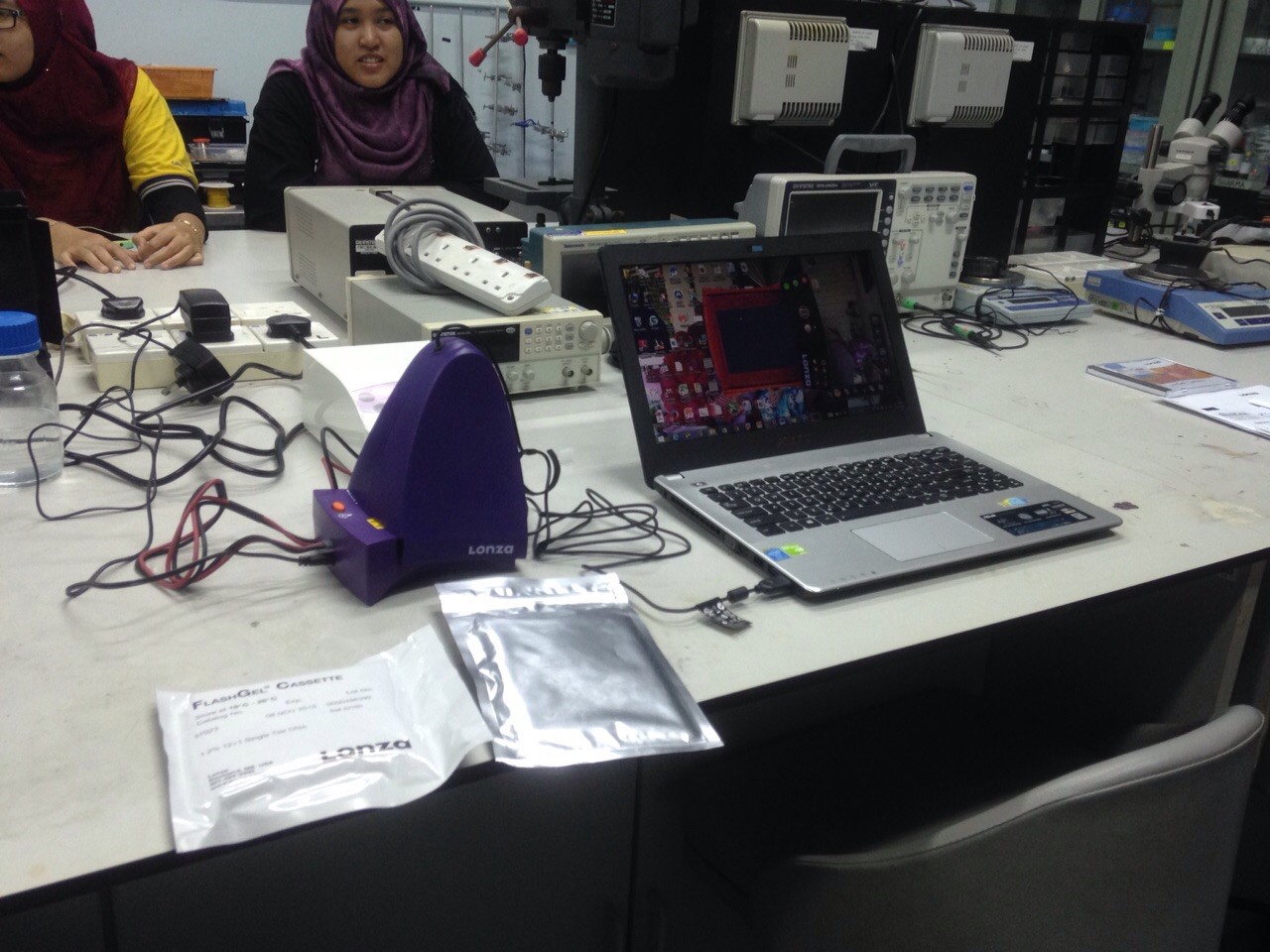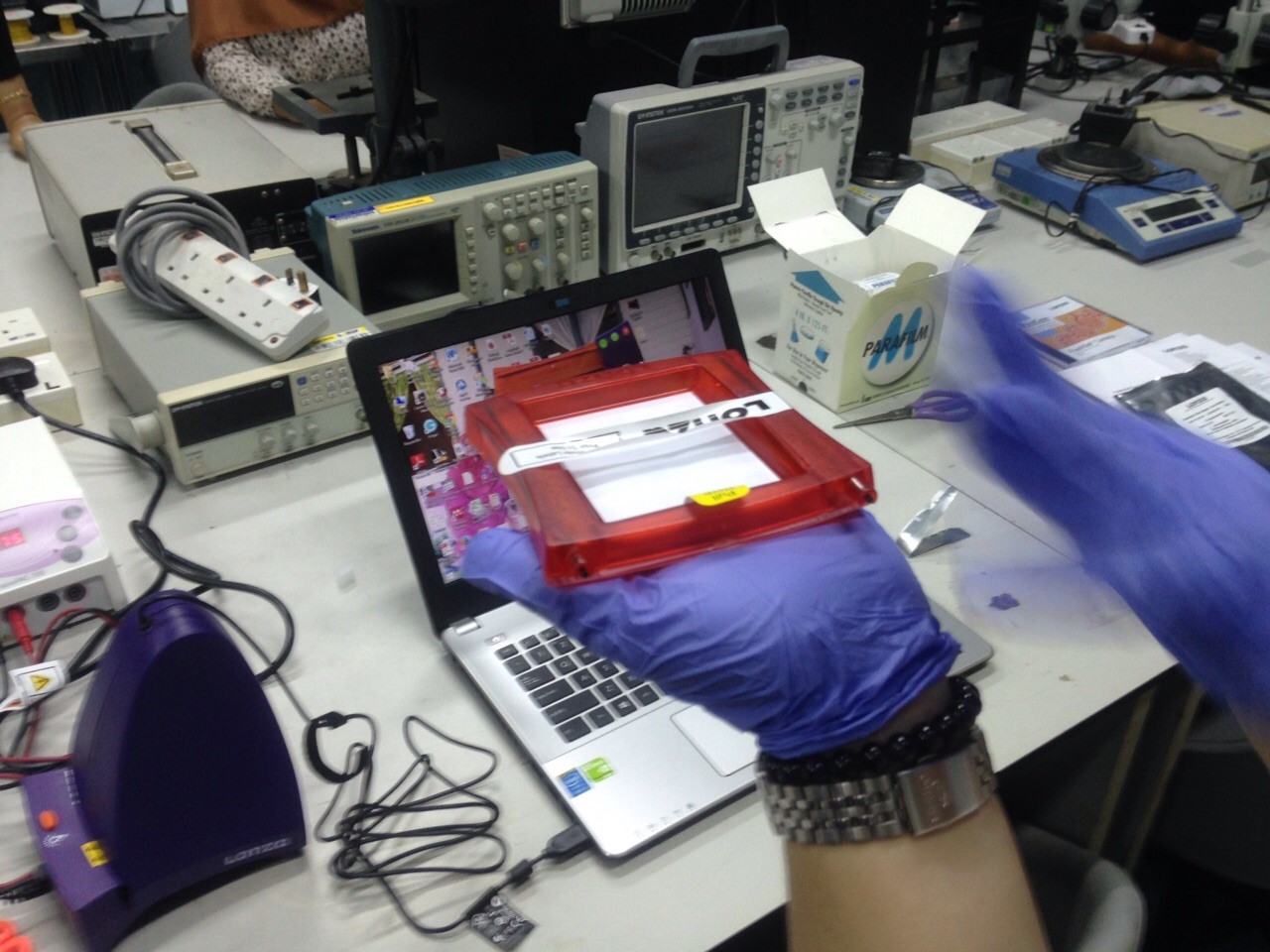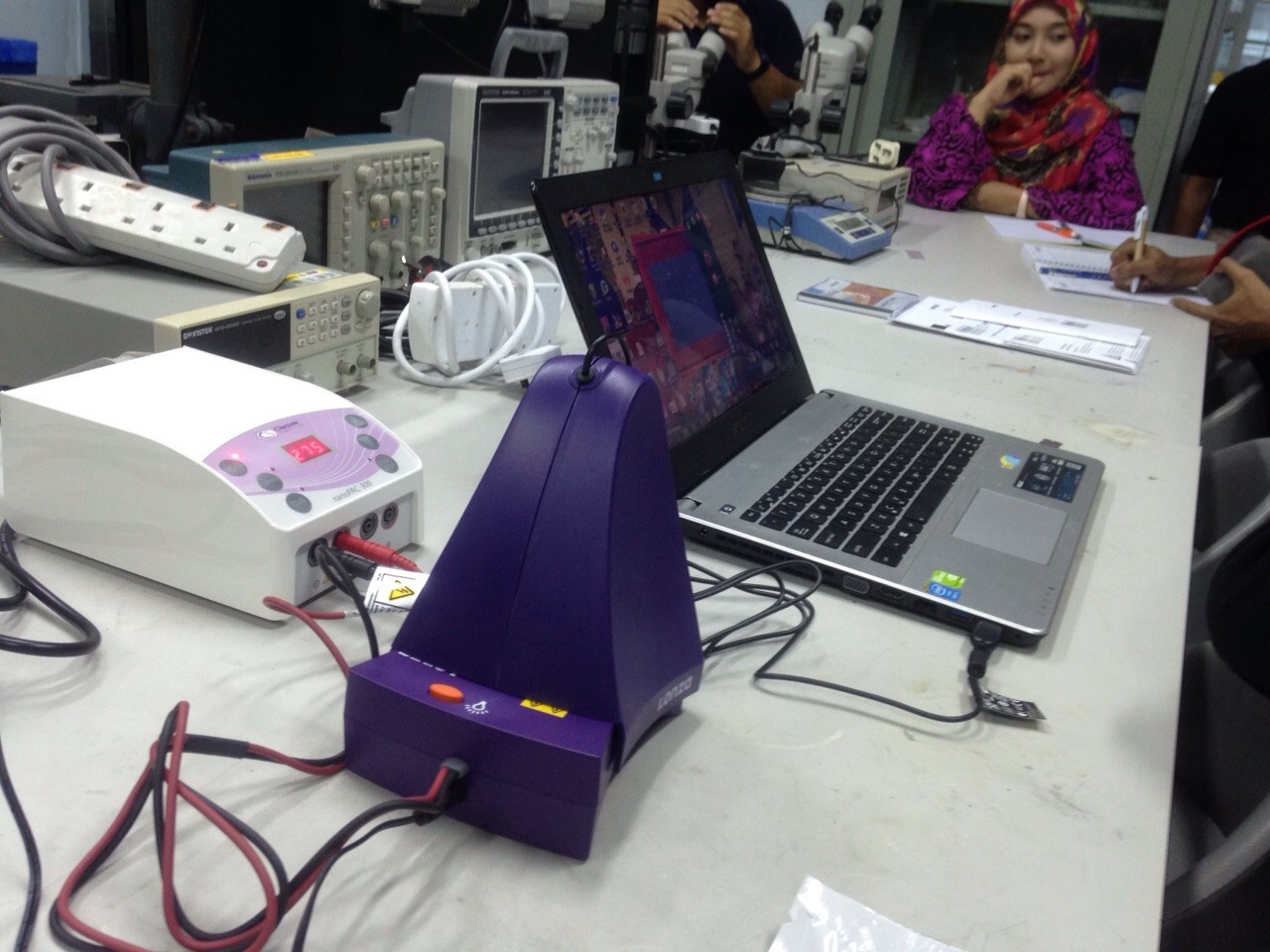Abstract – Salmonellosis, a communicable disease caused by members of the Salmonella species, transmitted to humans through contaminated food or water. It is of paramount importance, to generate accurate detection methods for discriminating the various Salmonella species that cause severe infection in humans, including S. Typhi and S. Paratyphi A. Here, we formulated a strategy of detection and differentiation of salmonellosis by a multiplex polymerase chain reaction assay using S. Typhi non-protein coding RNA (sRNA) genes. With the designed sequences that specifically detect sRNA genes from S. Typhi and S. Paratyphi A, a detection limit of up to 10 pg was achieved. Moreover, in a stool-seeding experiment with S. Typhi and S. Paratyphi A, we have attained a respective detection limit of 15 and 1.5 CFU/mL. The designed strategy using sRNA genes shown here is comparatively sensitive and specific, suitable for clinical diagnosis and disease surveillance, and sRNAs represent an excellent molecular target for infectious disease.
Corresponding Author: Subash C B Gopinath
Corresponding Author’s Email: subash@unimap.edu.my
Full text: PDF







